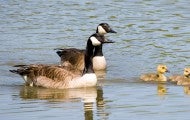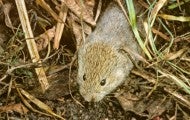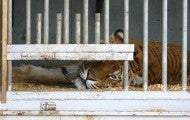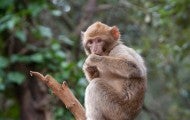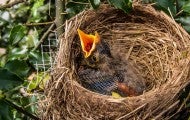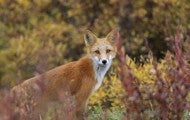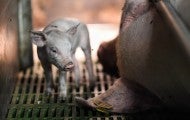As monarch butterflies and hummingbirds headed south this fall, I dreamt of following my favorite snowbirds to Mexico and Central America. But I stayed home instead, where I have a window onto the spectacular world of winter wildlife: northern flickers tossing maple leaves with their beaks in search...
To experience the natural world, we often navigate congested highways to swim in the sea, fly over patchworked terrain to hike through preserved forests and climb distant mountaintops to catch rare views. Largely because of our ever-increasing mobility, the areas nearest to us are rarely the dearest...
Animals with fur suffer immensely in the name of "fashion." Fortunately, more and more brands, designers and retailers are going fur-free. The companies listed below have announced that they don't sell animal fur or are phasing in a fur-free policy. (Please note that leather and shearling are not...
Around the world, animals used for meat, eggs and dairy often suffer on factory farms where they are treated as units of production rather than living, feeling creatures. The Humane Society of the United States and Humane Society International present comprehensive reports on animal agribusiness and...




